目次~Table of Contents
Location and History
Ouchi Clan builds Town and Hall at Yamaguchi
Ouchi Clan Hall was the homebase of the clan which had great power in western Japan in the Middle Ages. Konomine Castle was a mountain castle near the hall, which the clan built during their last years. The Ouchi Clan was originally an official family of the local government in Suo Province which is modern day part of Yamaguchi Prefecture. The clan got power by supporting the Ashikaga Shogunate in the 14th Century. As a result, the clan became the governors of several provinces in western Japan, including Suo and Nagato as their core, which was equal to Yamaguchi Prefecture. They had a complex relationship with the Shogun. For example, Yoshihiro Ouchi, the lord of the clan in the late 14th Century was given 6 provinces by the Shogun, Yoshimitsu Ashikaga. However, he was beaten and killed by the shogunate in the Oei Rebellion in 1399. That’s because the shogunate wanted to rely on, but sometimes feared the power of the Ouchi Clan.
The range of Suo Province and the location of the castle The relief map around the castle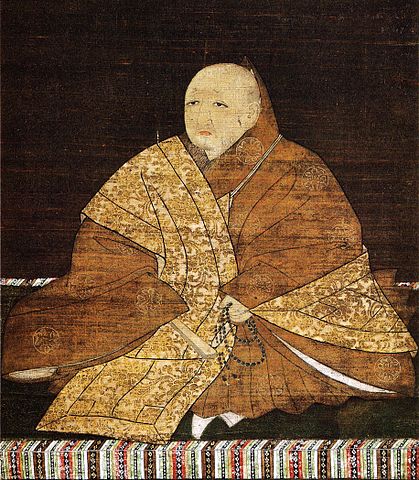
Ouchi Clan Hall was first built by Yoshihiro’s father, Hiroyo after he set his homebase at Yamaguchi in 1560. Provincial governors often stayed in Kyoto at that time, so they brought the ways of life and cultures from Kyoto when they went back to their homebase. The hall was said to be a typical example of it, being on a square enclosure which was nearly 200m on one side, surrounded by earthen walls and water or dry moats. Not only did it have the Main Hall, but it also had at least three different gardens like a pond garden and a dry landscape or Karesansui, emulating the shogun’s palace. The hall was eventually developed as the clan gained more power, and even a villa was built called Tukiyama Hall in the north. The Yamaguchi town around the hall was also developed and was often called Western Kyoto.
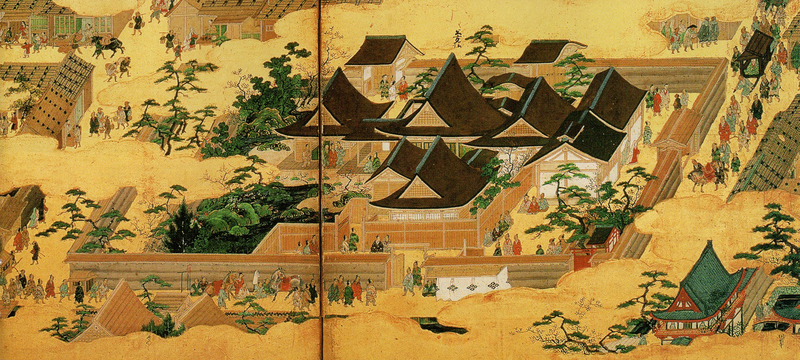
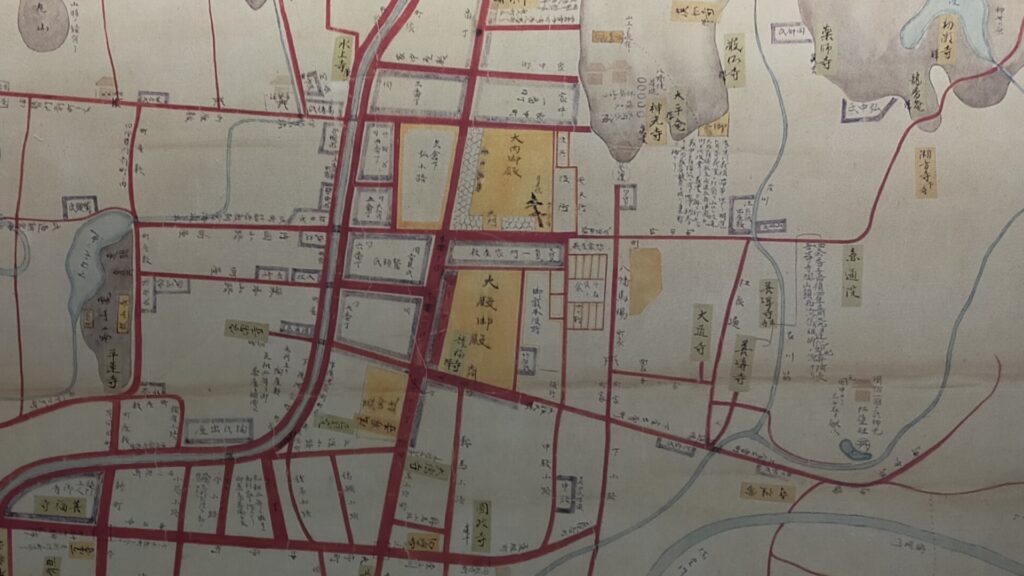
The Ouchi Clan continued to grow in power every generation even after they lost the battle in 1399. Norihiro Ouchi, the lord in the middle 15th Century, added Chikuzen Province which had the international Hakata port to his territory. He started to trade with Ming dynasty in China on behalf of the shogun via the port. The Tsukiyama Hall villa was first built as his retreat. Norihiro’s son, Masahiro fought in Kyoto during the Onin War (1467 to 1477) as the main force of the Western Squad for about 10 years. He also stated his clan was a decedent of a prince of Paekche, making their diplomacy and trading smoother and their authority much stronger.
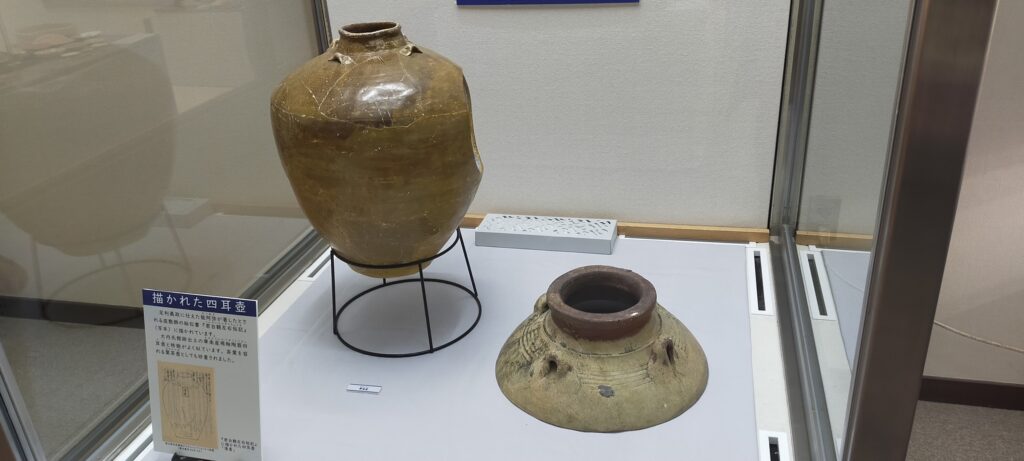

Ouchi Clan helps Shogun as Great Warlord
During the Sengoku Period after the Onin War, the Ouchi Clan became one of the greatest warlords. The shogun’s power decreased however, and he could not survive without help from a great warlord. For example, the 10th Ashikaga Shogun Yoshitane was banished by the Hosokawa Clan from Kyoto. The banished shogun went to Yamaguchi in 1500, where Masahiro’s son, Yoshioki governed. Yoshioki invited Yoshitane to the Ouchi Clan Hall for dinner. It was called one of the greatest dinners in the Middle Ages, with 32 courses and over 110 dishes. Yoshitane spent 14 hours (from 2pm to 4am) enjoying the dinner that day. In 1508, Yoshioki went to Kyoto with Yoshitane with large troops so that Yoshitane came back to the shogun. The shogun rewarded Yoshioki by giving him Yamashiro Province including Kyoto and a Court noble rank.

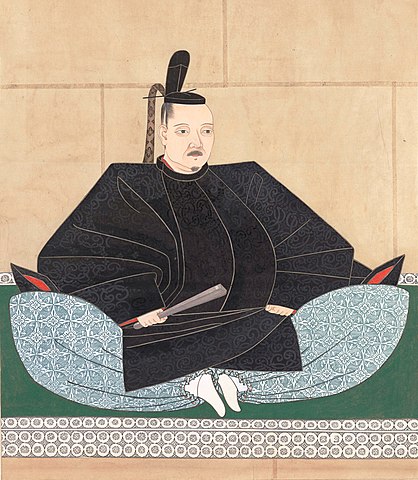
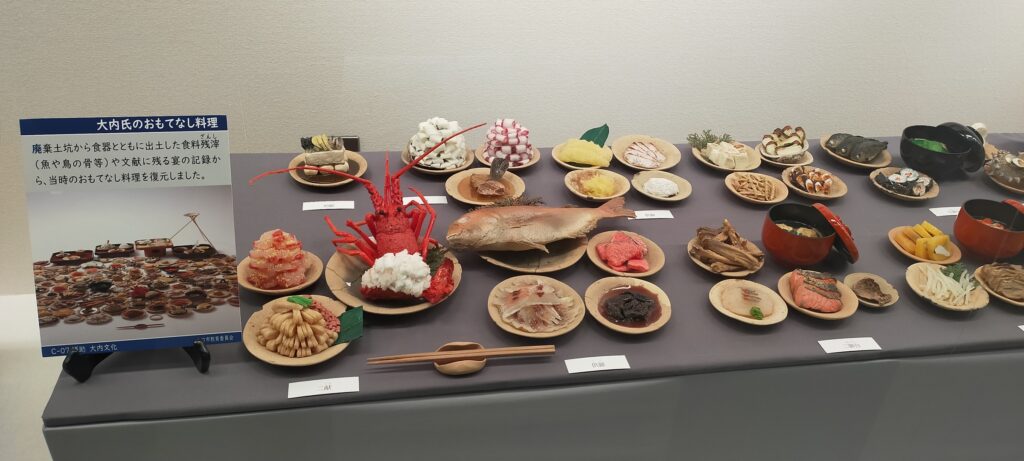
The power of the Ouchi Clan reached its peak when Yoshioki’s son, Yoshitaka became the lord. They managed to govern 4 provinces (Nagato, Suo, Chikuzen, and Buzen) and was invading 3 provinces at the same time (Iwami, Aki, and Bingo). Yamaguchi town prospered more while Kyoto continued to be devastated as the power of the shogunate continued to decrease. Many nobles, high priests, and intellectuals managed to escape from Kyoto and Yamaguchi accommodated them. Even, a famous missionary of the Society of Jesus, Francisco Xavier visited the town twice. He gave a tribute to Yoshitaka instead of the Emperor of Kyoto so that he would be allowed to take Christianity to Japan. He seemed to consider Yoshitaka as the king of the country.
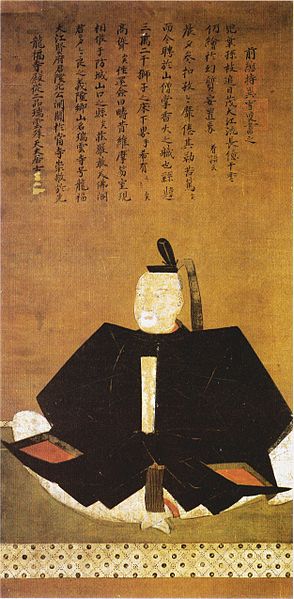
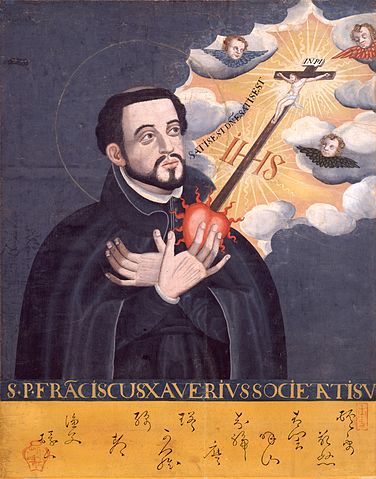
Ouchi Clan builds Konomine Castle, but declines
However, a bad sign came to Yoshitaka in 1543. He failed to capture Gassan-Toda Castle, the homebase of the Amago Clan in Izumo Province. There were also internal conflicts between the senior vassals, officers and dependent people from the outside, which Yoshitaka didn’t notice. In 1551, a senior vassal, Takafusa Tou rebelled against Yoshitaka. Yoshitaka managed to escape from Ouchi Clan Hall, tried to board a ship, but failed, and finally he committed Harakiri.
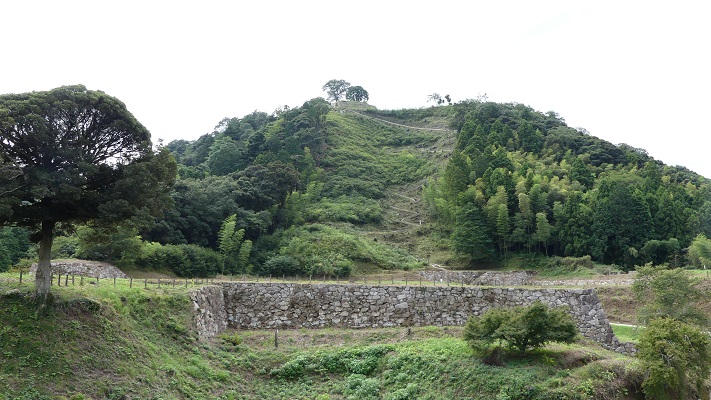
After that, the situation changed significantly. Takafusa helped Yoshitaka’s relative, Yoshinaga being the new lord of the Ouchi Clan, but he was unfortunately defeated in 1555 by Motonari Mori, the lord of Yoshida Koriyama Castle in Aki Province. Yoshinaga built Konomine Castle on a mountain near the hall to protect themselves when he noticed that the Mori Clan could invade his territory. The clan actually did it in 1557, so Yoshinaga stayed in the castle. The castle was good defensively, but could not survive without reinforcement and supply. He managed to escape to another site, but could not do anything to counter, and finally he committed Harakiri like Yoshitaka, which meant the destruction of the Ouchi Clan. It was unknown when the Ouchi Clan Hall was burned down. Konomine Castle was used by the Mori Clan until it was abandoned in 1615 due to the One Castle per Province Law by the Tokugawa Shogunate.
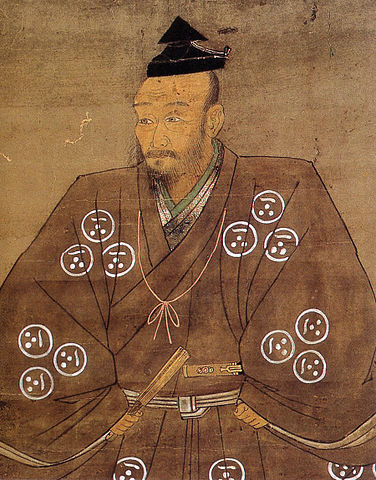
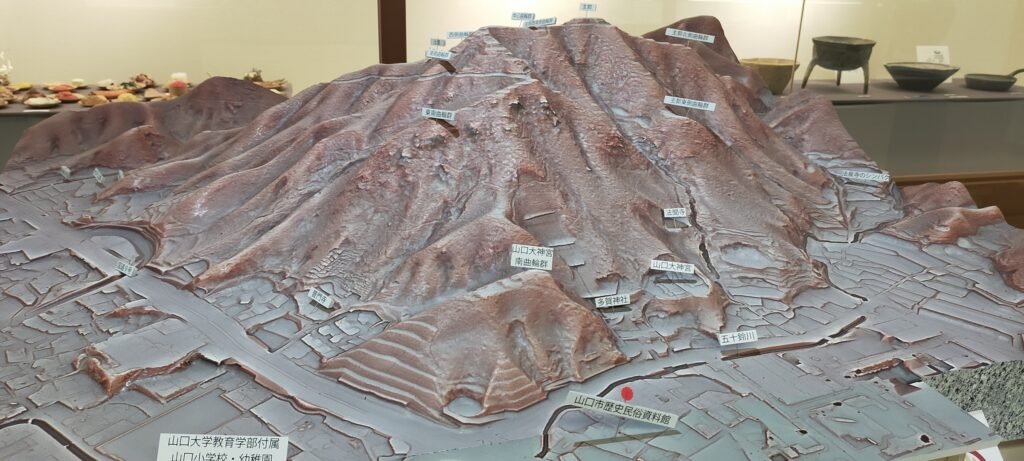

「174.Ouchi Clan Hall/Konomine Castle Part1」への2件のフィードバック